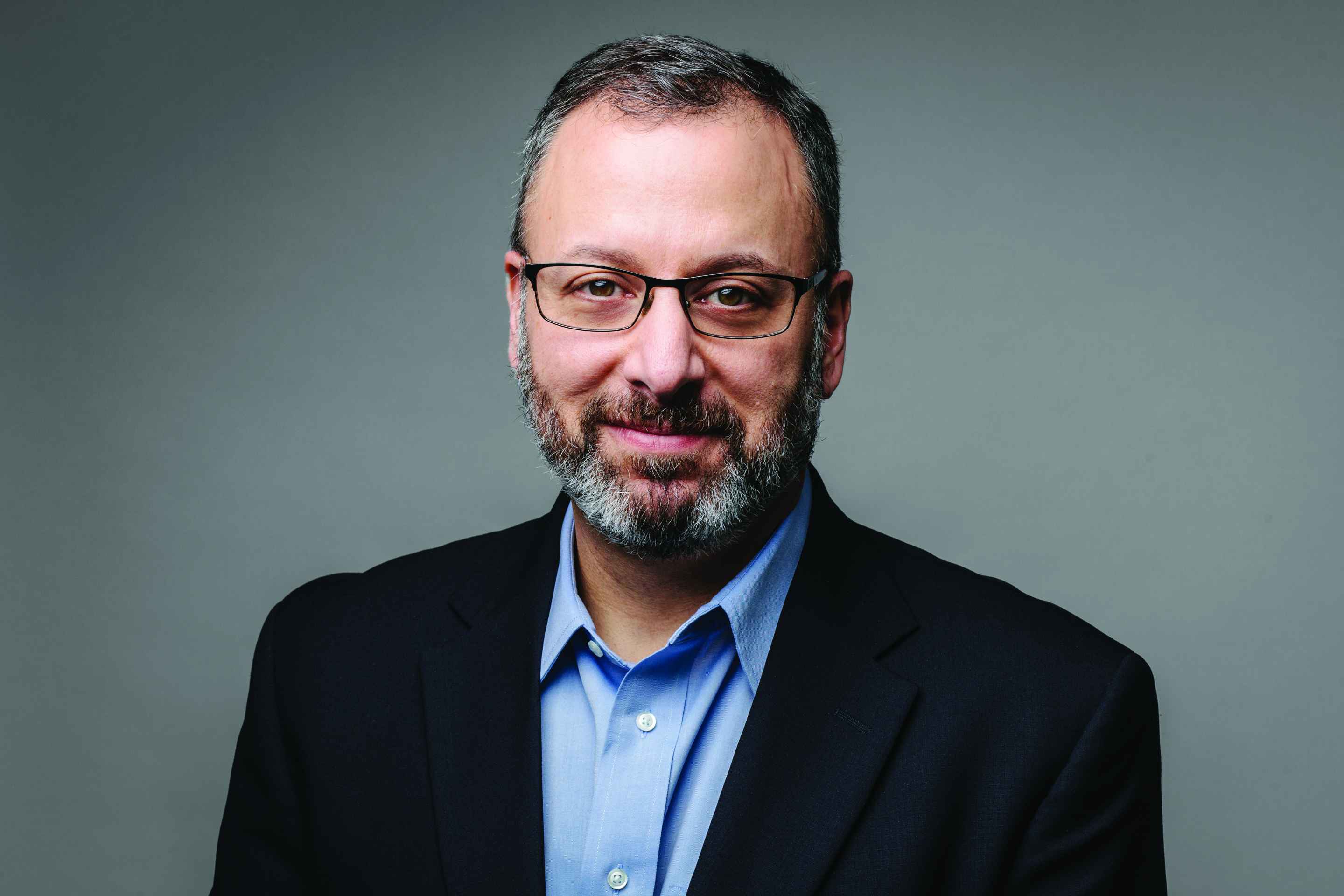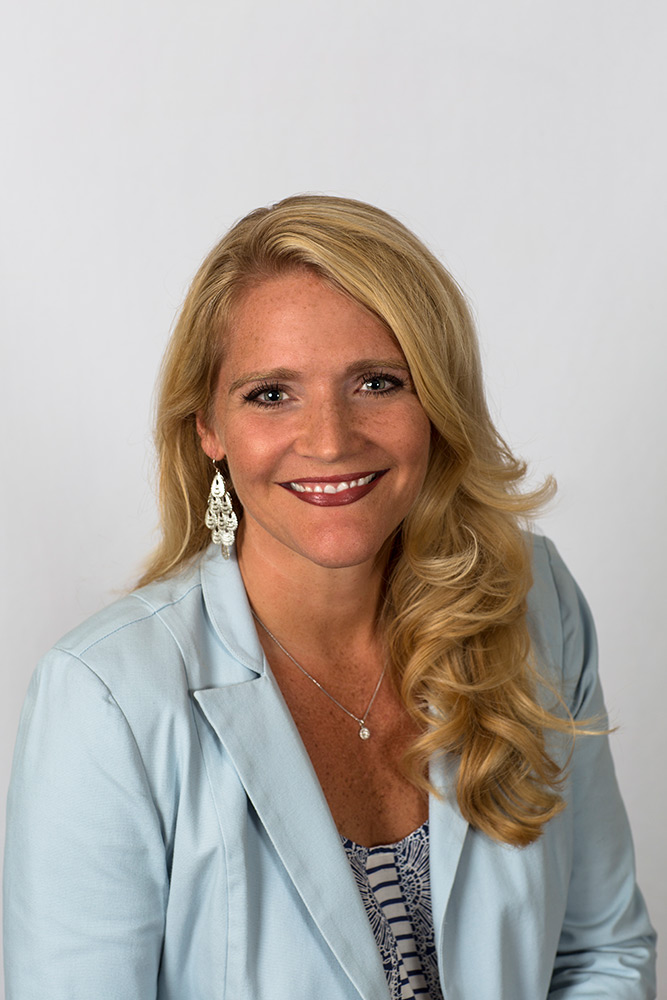In healthcare, we are fortunate to have access to code that analyzes data and provides us with customer insights. As marketers, we can now understand these individual customers better than ever before. We know what we need and want to do when it comes to reaching them. But what does all that power and possibility do for them?
The healthcare industry is ever evolving and today’s patients are far more engaged than the previous era of “doctor knows best.” Increasingly, not only are patients involved in managing their day-to-day health, they and their fellow patients, caregivers, and advocates are driving the progress of drug treatments from discovery to delivery as well.
Consolidation has dominated healthcare news over the past few years. Mergers between hospitals, payers, clinics, and other healthcare organizations are turning an ecosystem of individual stakeholders into one dominated by a few giants.
Agenda 2019 Special Feature: Hungry AIs
Agenda, Artificial Intelligence, Business, Chatbots, Consumers, Data, DTC, FDA/Regulatory, February 2019, HCPs, Issue Archives, Marketing & Advertising, Med Ad News, Oncology, Patients, Pricing, Sales & Marketing, Sales Reps, Social media, Special Features, Sunshine Act, Technology, TherapeuticsArtificial intelligence generated plenty of chatter amongst the pharma marketing intelligentsia in 2018. Will 2019 be the year when the industry fully embraces it as more than just a tactic?
For years and years, pharmaceutical pricing has been under attack by consumers, professionals, and payers. More recently, the U.S. government has dramatically stepped up its assault, with price reduction proposals from Congress and stern words from President Trump indicating that drug pricing is a major ongoing focus of the administration. The 2018 timeline was dotted with government jabs at pharma pricing, as well as some attempts to take real action.
A sales rep preparing for her week isn’t thinking, What’s in my sales dashboard? What is my progress towards my call plan? She’s thinking, What are the burning issues in my territory this week? How should I adjust my plan based on the latest events and information that I have? Then she manually navigates her way through dashboards and reports to find these answers.
The market research company Gartner predicts that consumer demand for voice devices such as Amazon Echo and Google Home will generate $3.5 billion by 2021. These intelligent voice assistants, plus other digital technologies such as the Apple Watch, are slowly but steadily being adopted in healthcare.
Ogilvy Health recently asked some of its agency leaders – in creative, payer, digital, planning, and account – to share what they’re tracking in 2019.
In the era of precision medicine, life sciences companies are transforming customer engagement with complete, accurate and up-to-date customer data.
Most pharmaceutical brands are really happy with a handful of their agencies, satisfied with some, and not too thrilled with one or two. TGaS uncovered four areas to watch in 2019 through its benchmark-based consultancy.










